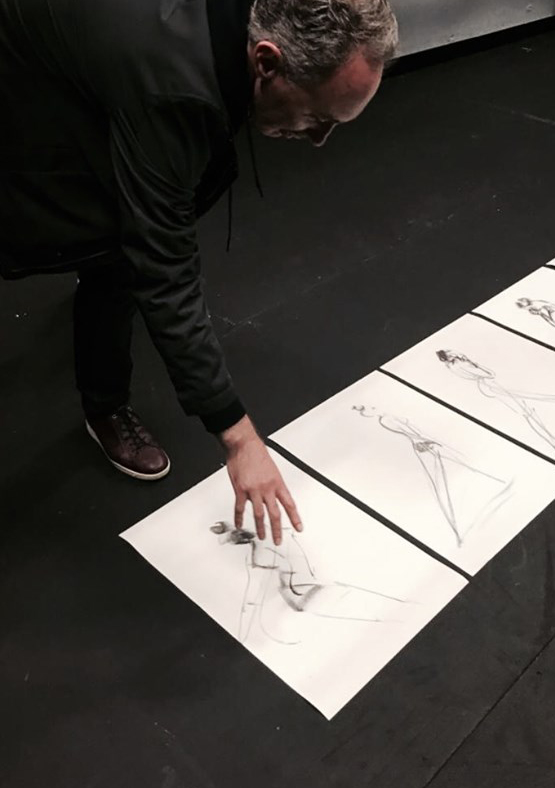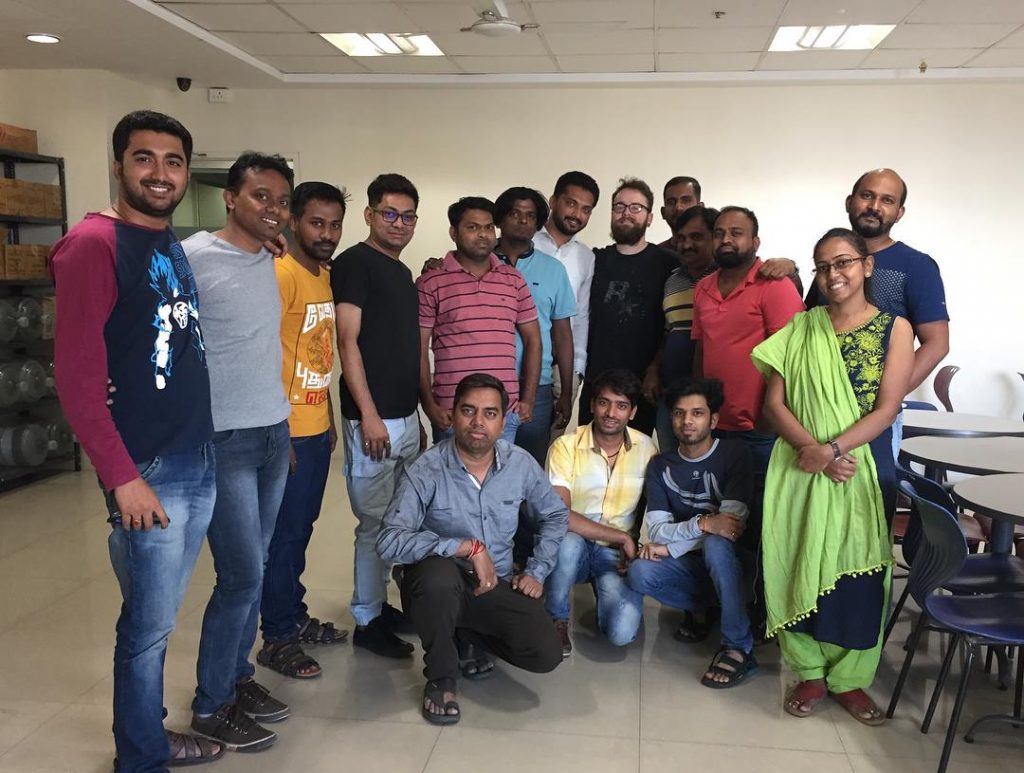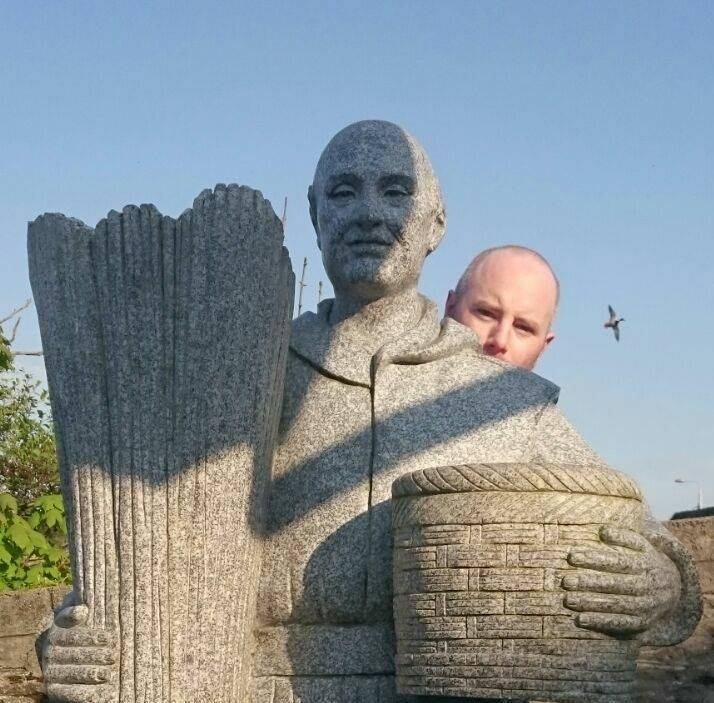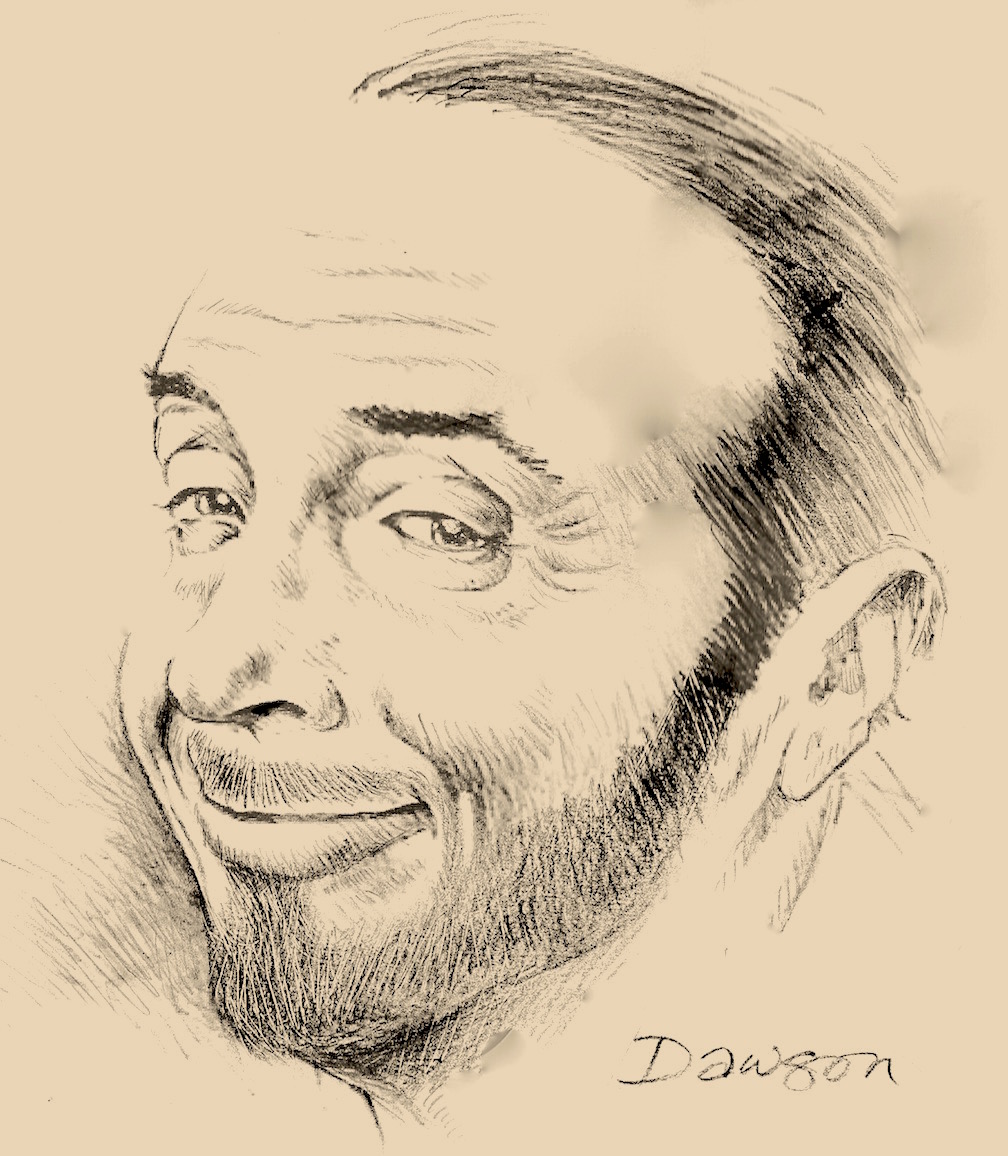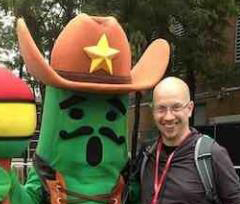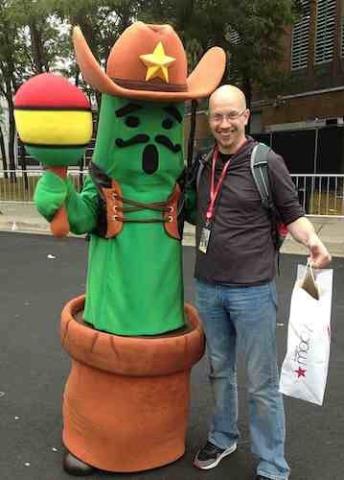Today, we meet screenwriter, story consultant, script editor and speaker John Dawson, who will be tutoring our April course: Writing Comedy.
Hi John, Can you tell us a bit about yourself and how you got into writing for animation?
When I was an art student at Sheridan College in Ontario, I hung out with the animation course students and got them to sneak me into their lectures. My initial foray into the dramatic arts was studying improvisation at the famous Second City Theatre, the Toronto company, which, like its Chicago counterpart, became the principal casting pool for ‘Saturday Night Live’. While I lived in Toronto, I wrote and performed regularly with numerous comedy troupes as well as served as art director on films and theatrical works including an Off-Broadway production in New York.
I started to focus on writing and was asked to write a screenplay for an animated feature film that was supported by Screen Ireland (formerly the Irish film Board). That brought me to Ireland and steered me into writing for animation as well as live action. I’m still very involved in improv and probably always will be because, as a mode of instantaneous, live storytelling, it keeps my creative juices constantly flowing.
You have worked on several projects in the industry over the years; can you tell us about the roles of screenwriter, story consultant and script editor?
As a screenwriter-for-hire, I’ve been engaged to work on pre-existing story outlines as well as developing a story from the ground-up into a screenplay. I also write my own stories, developing them into spec scripts.
My work as a story consultant and script editor evolved over the years, probably because of my theatre experience and what I gleaned from all the great development people I’ve worked with on my own projects.
As a story consultant, I work with writers at the outline stage on their story’s basic structure and all the necessary components; i.e. strong theme(s), character journeys, plotting, genre and tone, etc.
As a script editor, I give notes on a completed draft of a screenplay, sometimes assisting writers and/or producers to develop it further to the next draft with me acting as a sounding board.
Can you tell us about the main similarities and differences between writing for animation and writing for live-action?
In terms of ‘story’, personally, I don’t see any difference as both require the same things: a solid structure, conflicted characters on journeys of change, logical yet unpredictable plotting, all in service of strong, universal themes that will therefore make the story memorable.
Where they differ is more in the actual screenplays. Animation scripts are more detailed in describing visuals, sounds and action beats, therefore making them longer. The ‘one page per one minute’ rule a writer strives to adhere to in live action does not hold in animation; i.e. the screenplay for the original ‘Toy Story’ is 126 pages, yet the final film, which follows the script very closely, is only 84 minutes.
Do you have a work routine? Can you describe your ideal workspace set-up?
It’s said that a writer must write each day. I actually do! I’ve grown into being an early riser so I usually write in the quiet of the early morning until mid-day. Then for a few hours later, depending upon deadlines. I kick-start each day’s writing by editing what I wrote the day before. That gets my mental wheels turning.
I have two contrasting workspaces: in total silence, alone, at the computer and I write in long hand (usually at the story development or editing stages) in a busy, public place, enveloped by the din of a crowd. Years ago, I used to write through the night at punk rock clubs. Ah, the madness of youth…
You probably read a great number of scripts through your work; if there was one thing you would like to see more of, what would it be? And what about one thing you don’t want to see ever again!?
What I never want to see but fear that I will are more screenplays by writers who are more concerned with promoting their personal politics and ideologies rather than telling universally appealing stories where all the characters are conflicted and imperfect.
Plus, thanks to political correctness, everyone is now so afraid of offending that writers censure themselves. That is the death of creativity, especially in comedy writing, comedy being subversive by nature. Being offended is a matter of choice on some level. One takes offence – it is never given.
I want to see screenplays where the story structure is far more solid, the dramatic stakes higher, the conflicting forces stronger and therefore the essential journey of change that the protagonist(s) are on are greater. Weak screenwriting occurs when a writer, one who is usually improperly and/or inadequately trained, lashes into the screenplay too soon without developing the story first. It’s like setting out to build a house without a proper, well-developed blue print: the result will be not hold up.
What was your favourite learning/upskilling experience in the recent years?
The best learning experience I’ve had was when one of my screenplays – a feature length, live action, darkly comedic crime story, was one of only 10 scripts in the world to be accepted into the 22nd Annual eQuinoxe Europe Screenwriters’ workshop. There, in Essen, Germany, I was surrounded by like-minded international writers and filmmakers. I had the honour of working one-on-one with six, high-level advisors for the purpose of honing my screenplay. One such expert was the amazing writer Lorenzo Semple Jr., best known for his scripts for films like ‘Papillon’ with Steve McQueen and ‘The Parallax View’ with Warren Beatty. But he said the most fun he had was creating the original ‘Batman‘ TV series which had its premiere in early 1966 and became an instant hit. We connected instantly on many levels and he taught me a lot.
Finally, is there an upcoming writer you would like us to discover?
I’ve had the pleasure of teaching a number of fledgling writers from Irish animation studios like Brown Bag Films and Cartoon Saloon and many of their ideas were incredible. One such writer is Richard Keane, a director at BBF. He’s developing some very exiting live action stories. Check him out at Out Left Productions and on their Facebook page.
Cartoon Saloon is doing amazing things in animation. Nora Twomey’s Academy Award nominated masterpiece ‘The Bread Winner’, written by Anita Doron and Deborah Ellis, blew me away. The world needs much more of that kind of rich storytelling, maybe more now than ever.
You can learn more about John and his work on his website.
If you would like to attend John’s course, please click here:
Writing Comedy
and register before Friday 22nd march at 5pm.




